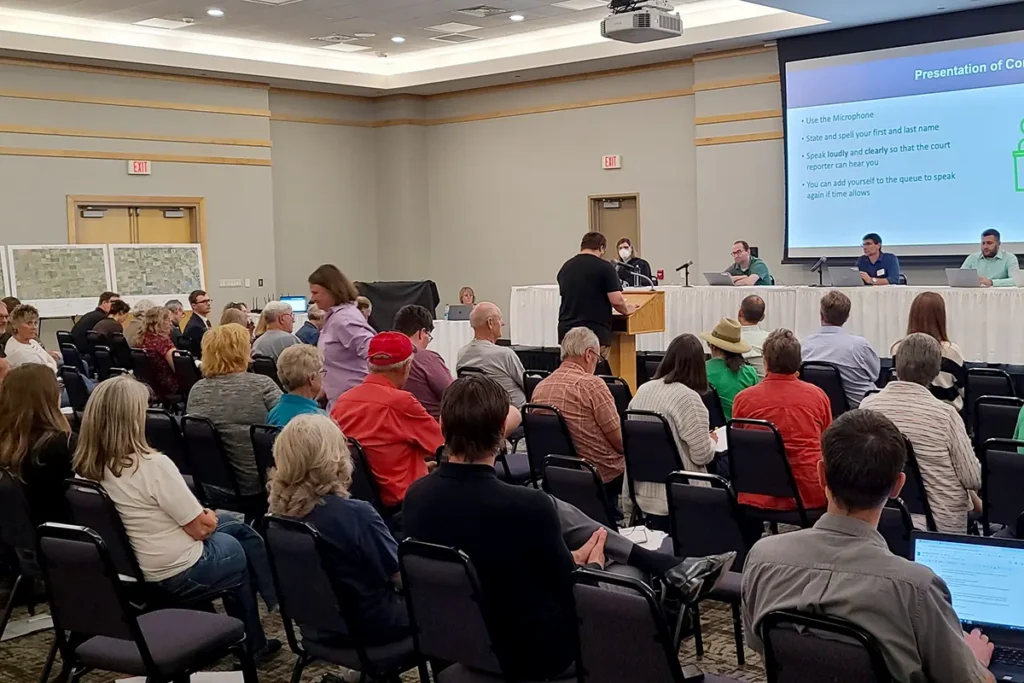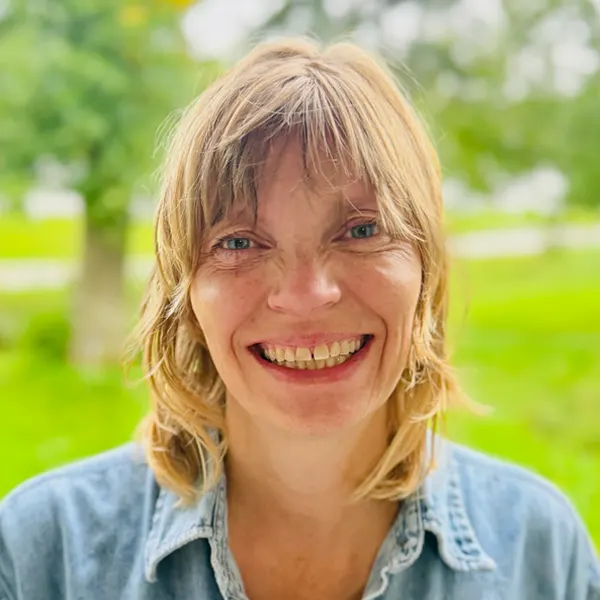September 19, 2024—By more than a 100-to-1 ratio, Minnesotans have submitted public comments opposing the proposed Summit Carbon Solutions carbon dioxide (CO2) pipeline. The comment period, which closed on Sept 11, was regarding the 28-mile Otter Tail to Wilkin Counties segment of a proposed 240+ mile CO2 pipeline network planned for Minnesota.
Of the more than 100 comments from members of the public submitted to the Minnesota Public Utilities Commission only one was in favor of the project, coming from a landowner who has signed an easement agreement with Summit. All other comments came from community members expressing their opposition to the project.
“No permit should be granted at this time,” wrote Allen Briese, a landowner in Fergus Falls along the proposed South Route. “Questions raised have not been investigated or answered to the satisfaction of the public and there remain many variable factors.”
Summit is rushing to rapidly build out the world’s largest CO2 pipeline network to collect CO2 from industrial facilities, particularly ethanol plants, throughout the Midwest. Spanning more than 2,500 miles and five Midwestern states including Minnesota, the project is sold by proponents as a way to keep ethanol profitable by selling it as “low carbon,” and is spurred by the promise of billions of dollars in taxpayer-funded federal and state subsidies.
If built, Summit says it will move extremely high-pressure CO2 through pipes in farmlands on the way to North Dakota where the gas can be injected underground, either to extract oil or to store the carbon underground in deep aquifers. However, the project has garnered fierce resistance from landowners, community members, and environmentalists in every state and seen permits rejected in both North and South Dakota. While the Iowa Utilities Commission recently approved one of Summit’s permits (with conditions), it faces a spate of lawsuits there from a range of opponents including a contingent of Republican state legislators.
In Minnesota, commenters raised concerns about the impacts on farmland and water, public health and safety, and also questioned the fairness of the process itself. “Why isn’t the entire project being put forth for environmental study?” asked Michael Buresch, a farmer and landowner in Jackson County. “Precedents set on this tiny segment will be imposed on the entire network. Allowing Summit to artificially segment permitting requests for multiple concurrent projects on one pipeline will prevent a thorough review of the cumulative impacts and potential environmental and climate damages of the project.”
The comment period that recently ended was an opportunity for members of the public to weigh in on whether Summit’s application for a Route Permit should be granted and whether the recently released EIS for the pipeline is “adequate.” Finding the EIS adequate is a legal precursor to any permitting, and therefore to the project moving closer towards construction in Minnesota.
In addition to comments from individuals, the Public Utilities Commission received comments from organizations including the American Petroleum Institute, which called for “a large-scale network of CO2 pipelines,” and Otter Tail Power, which wrote that “high load factor customers” like Summit and its ethanol plant customers can potentially “bring multiple benefits” to Otter Tail’s system. Otter Tail noted that the current segment is entirely outside of its service territory, but it supports the larger network of pipelines that is not fully studied in the EIS that Otter Tail was offering comment upon.
Another organizational comment from the rurally based organization CURE argues for the “No Action Alternative” (the regulatory term for not building the pipeline), saying “it is clear that the No Action Alternative would have fewer negative impacts than any of the proposed alternatives and would in fact create significant conservation and economic benefits.”
The next step in the regulatory process will be a report from an Administrative Law Judge (ALJ) to make a recommendation to the five members of the Minnesota Public Utilities Commission who will make a final decision on whether the project is approved or denied. The ALJ report is expected in November.
Additional info about CO2 pipelines: carbonpipelinesmn.org


